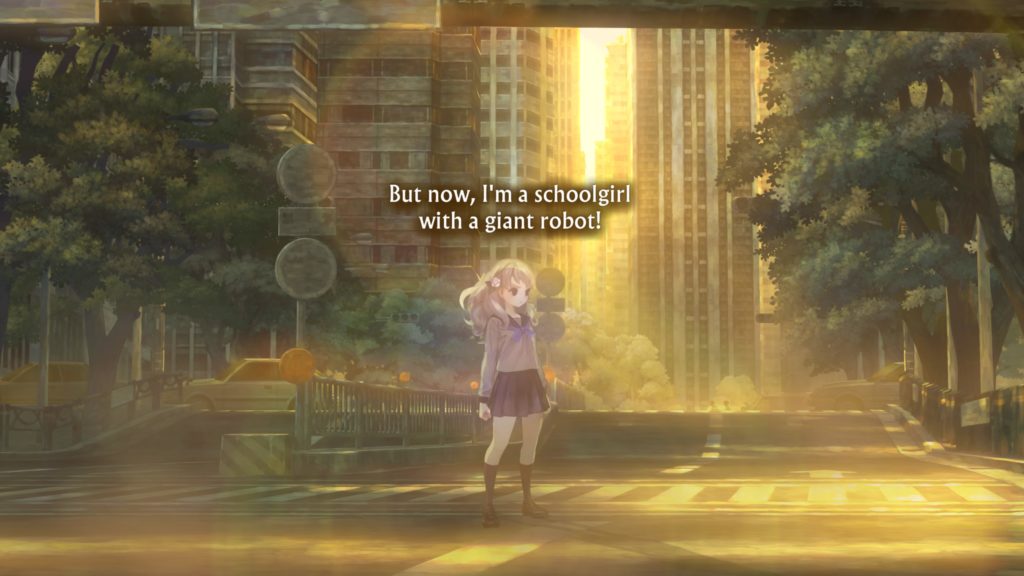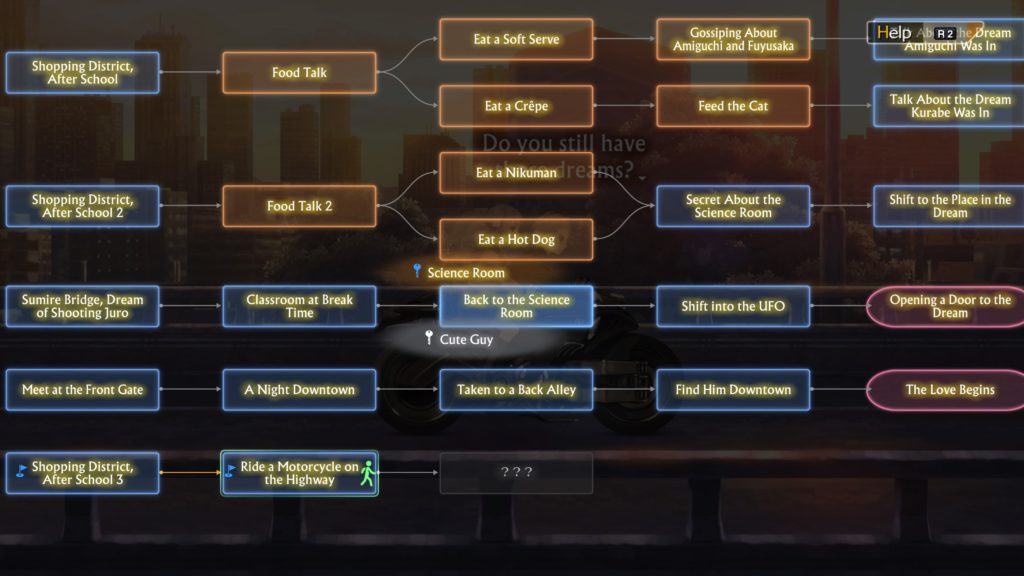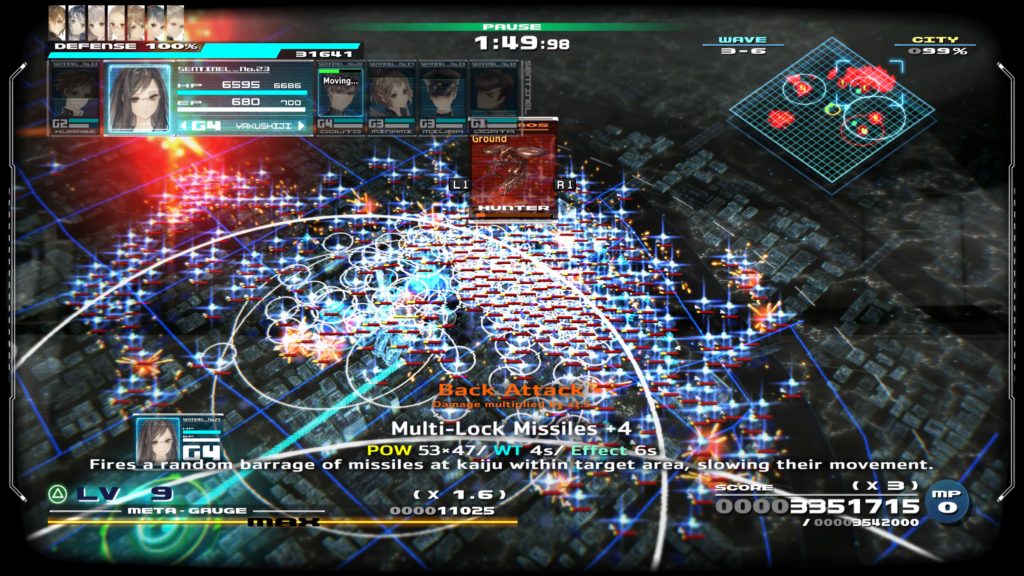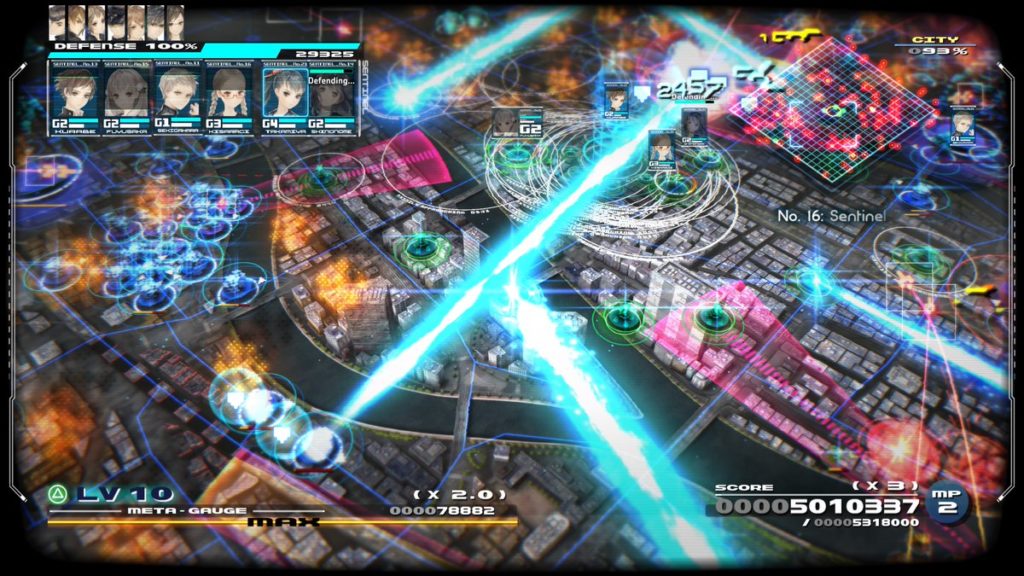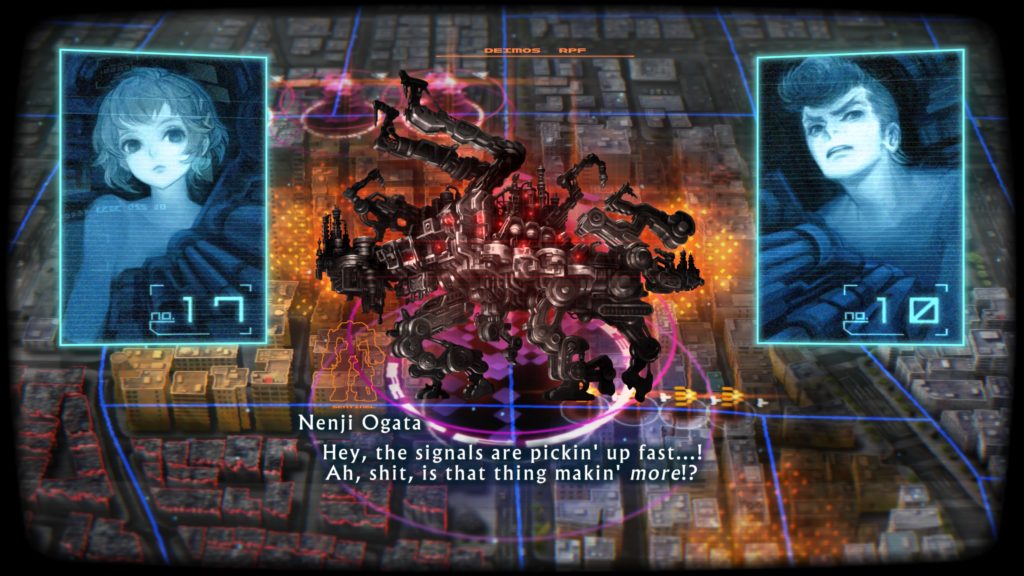- Genre: ARPG / Musou
- Platform: PS4
- Also Available On: Switch, Steam
It’s always been fascinating to me how Omega Force has taken their Warriors gameplay and warped it into other series. Hyrule Warriors did a surprising job of integrating the Zelda items into the chaotic gameplay. Fire Emblem Warriors made great use of the weapon triangle to give advantages in combat. Dragon Quest Heroes and One Piece Warriors feel right at home within the source material of their series. However, Persona 5 Strikers may be the damndest of them all. It’s not just a musou conversion of P5. It straight up has the metagame feel of the JRPG, while still taking place within large scale musou fights. It’s an uncanny conversion that has resulted in a special sequel to what was already a pretty special source game, even if I had some complaints about boss balance in that one. Luckily, some choices were made to really smooth out the experience here, resulting in what is possibly an even better experience as a result.
There’s a certain rhythm to a JRPG experience that just doesn’t jive with what I typically think of with the Warriors gameplay. Those are large battles where you’re running around taking over smaller zones on a larger battlefield. That also wouldn’t jive with the Persona series expectations. Luckily the team seems to have recognized that. Up until you’re actually in a fight, this feels like Persona. The terminology may have changed a bit, but this game’s palaces – now called jails – have the same setup that we already saw. You spend some time exploring the jail, hit some key locations to move the plot of it along, get to the point where you send out a calling card, and then fight the boss of the jail. It’s instantly familiar and easy to fall into, right up until you actually start a fight.
Combat is where the musou influences come into play, and boy is it as fun as ever to be in large scale fights. Trash fights will be anywhere from a handful to dozens of enemies, typically scaling based on how difficult the things you’re fighting are. However, even here it feels familiar. Personas still come hugely into play, as the elemental weaknesses from the previous game are still present. All-Out attacks are there, but they’re instead triggered via stunning enemies with attacks of types matching their weaknesses. Showtimes have returned from 5 Royal, but are now based on charging them up via damage and kills. Gearing and items are also both there in a very JRPG fashion. Basically, all the pieces are there, but now taking place against a ton of enemies in real time.
The real thing that surprised me is how all of those mechanics mesh well within the context of the new combat. The combat is fast and frenetic, but not overwhelming. I spent a lot of time dodging around as a default instinct, helped along by really good enemy targeters giving you a clear indication of when you should be dodging attacks instead of focusing on damage. Magic attacks with your Personas pause the combat, giving you a bit of time to strategize around hitting enemy weaknesses. All-out attacks do a short pause and ping the enemy that can be hit with it, giving you a clear indication that you should be shifting focus. It’s all fast and fluid, but very clear in terms of what’s going on. For a musou title, that’s actually kind of surprising, since they can often be large periods of mindless spam, where the strategy is at a metagame level instead of the actual combat.
It’s also kind of surprising how well this scales down to battles of one. Boss fights are largely one vs the party, and it just kind of works. The bosses have bigger mechanical pieces and a much larger chance to nuke the party if you aren’t paying attention, but it feels fair. Boss nuke mechanics can be interrupted by hitting their weakness, which encourages a pretty diverse Persona squad. However, the boss locations also typically have environmental pieces that can attack those weaknesses as well. I had problems with Persona 5’s bosses, where it often felt like a pattern of die once, figure out the weakness, then easily win. Here, the bosses uniformly felt tough but fair. Going into a fight without the right Persona made the fights significantly harder, but I could still win. Going into a fight without SP generating items meant that I would want to preserve SP for healing, but I could still win. As long as I was committed to dodging mechanics I would get through it based on skill, and not need to cheese the fights.
This is also kind of a hot take but they got rid of the time limiting calendar mechanic and I couldn’t be happier. I get that limiting your activities and forcing you to focus on some subset of things is kind of a Persona standard at this point, but I’ve never been a fan of it. In general I don’t like time gating mechanics, as it feels like an unnecessary forced stress point on players. P5S only has the calendar for story purposes. You can jump in and out of dungeons as much as you want and the calendar won’t move forward. It feels like a best of both worlds. The calendar is there to act as a framing device for the plot, but it’s no longer there to be a limiter on the player.
I’m hoping to see something like this done for future mainline titles, even if it just means that you get a little more freedom to do multiple things within a phase of a day in a future P6. Want to talk to multiple people in an afternoon because they all go to your school and why the hell couldn’t you do that? Yes please. Taking a Persona 5 example, want to do make some progress in a palace then switch over to Mementos because the palace is too high leveled for your current party? Sure why the hell not? Don’t waste an entire day because you were going into the unknown. It feels like there’s options for them to make the calendar less punishing without losing the heart of the series, and I hope that the mechanic being entirely gone in a spinoff allows them the ability to rethink what they want with the mechanic.
This is both a sequel and a spinoff, and it works well in both cases. As a sequel to Persona 5, we get a fun story that makes sense in-world and gives more time with a set of characters that I really enjoy watching. As a spinoff it gives an entirely different type of gameplay, while still feeling familiar in its inclusion of specific mechanics from the previous title. As a Warriors game, it also shows some of the largest range in terms of pulling two series together. It’s just a fantastically well made experience that I can’t recommend enough.


